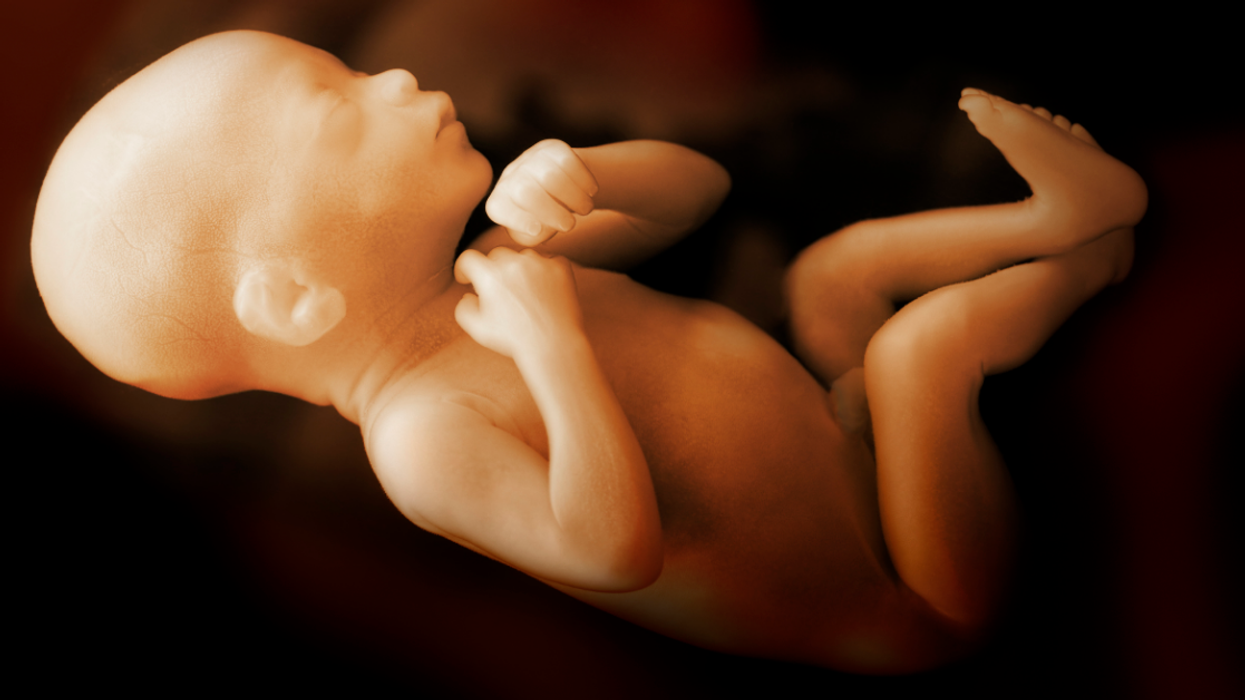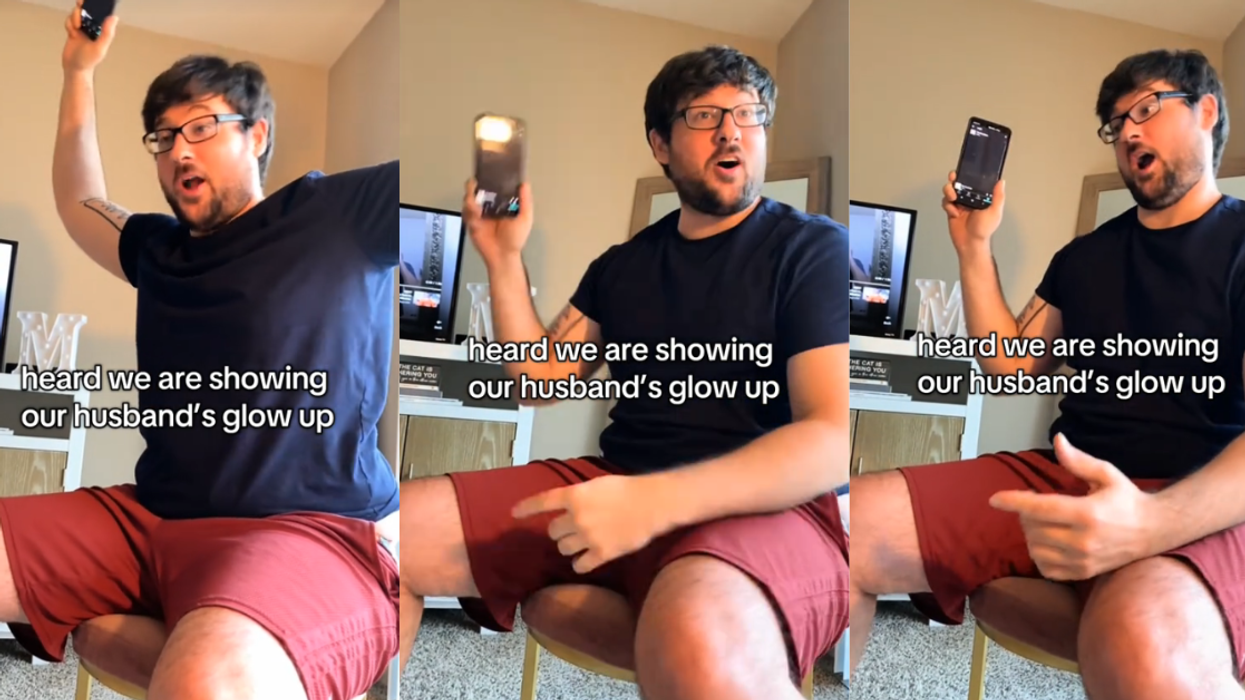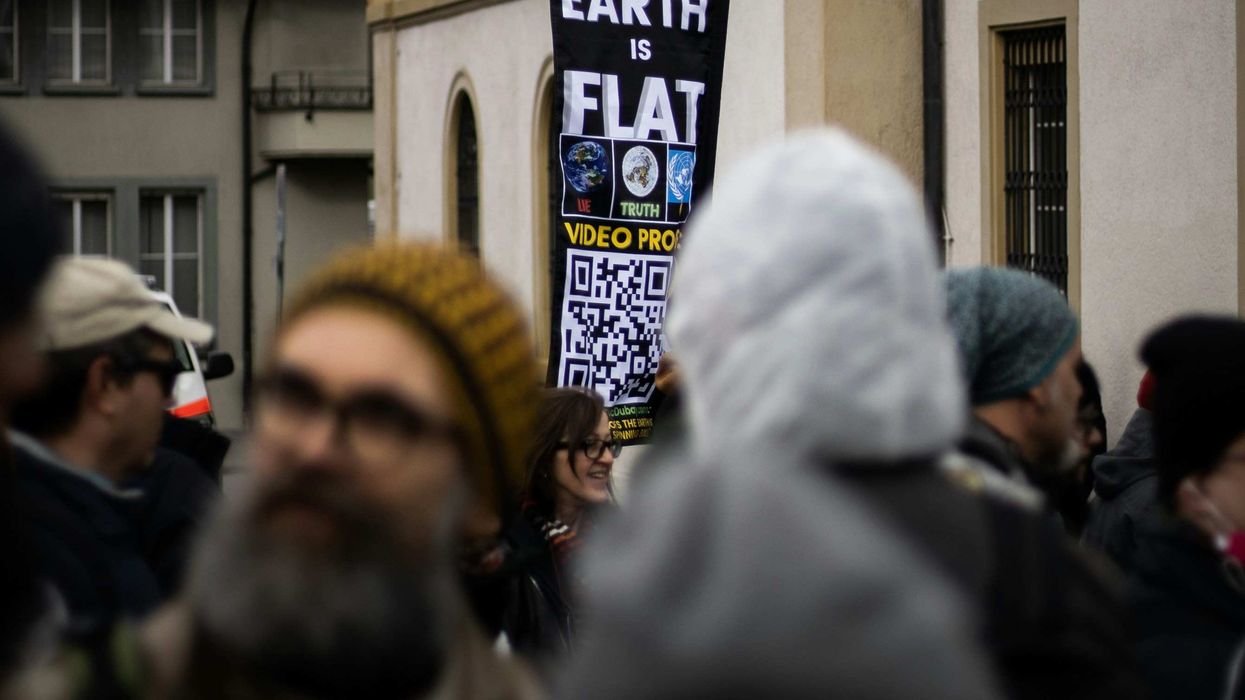"Fetus-in-fetu" is a very rare condition where a baby is born with another, partially formed fetus developing somewhere inside their body.
The exceedingly rare (around 1 in 500,000 births) condition recently caused doctors to deliver a Columbian woman's baby early via cesarian section, according to The New York Times.
This particular case was even rarer because doctors were able to clearly identify the heterophagus (also known as a parasitic twin) while the baby was still in utero. The baby had "absorbed" the twin sometime early in the pregnancy.
Dr. Miguel Parra-Saavedra oversaw the woman's pregnancy, and was the one who detected the heterophagus. Dr. Parra-Saavedra is a high-risk pregnancy specialist in Baranquilla, Colombia.
Dr. Parra-Saavedra originally saw the mother because her obstetrician thought that her fetus had a liver cyst; that "cyst" is what turned out to be a heterophagus.
Using 3D/4D sonography (ultrasound), Dr. Parra-Saavedra was able to see that what they originally thought was a fluid-filled cyst actually contained a second—unviable but still developing—fetus.
Lots of people were a bit confused by the news.
Some were disturbed or grossed out.
A few people recalled a scene from My Big Fat Greek Wedding.
Parasitic twins are generally not viable fetuses, and this was the case in this instance as well. The second fetus developing inside the unborn girl was still growing, but had no heart or brain. This was discovered when it was removed via laparoscopic surgery the day after birth.
Dr Parra-Saavedra had to explain the situation to the mother, who didn't think that it was possible:
"I told the mother, and she said, 'What? No, doctor, this is impossible,' but I explained step by step, and she understood."
Modern medical science allows us to learn about conditions like this earlier, and save babies that might otherwise be lost.
The little girl is healthy and doing well now. Dr. Parra-Saavedra said:
"She has a little scar on her abdomen, but she is a normal baby now except that the whole world is talking about her."
For more fascinating glimpses into the world of pregnancy and fetal development, check out National Geographic's photographic renditions in In the Womb, either in this beautiful coffee book version or the companion DVD.








 @realDonaldTrump/Truth Social
@realDonaldTrump/Truth Social





 @rootednjoyy/TikTok
@rootednjoyy/TikTok @rootednjoyy/TikTok
@rootednjoyy/TikTok @rootednjoyy/TikTok
@rootednjoyy/TikTok @rootednjoyy/TikTok
@rootednjoyy/TikTok @rootednjoyy/TikTok
@rootednjoyy/TikTok @rootednjoyy/TikTok
@rootednjoyy/TikTok @rootednjoyy/TikTok
@rootednjoyy/TikTok @rootednjoyy/TikTok
@rootednjoyy/TikTok @rootednjoyy/TikTok
@rootednjoyy/TikTok @rootednjoyy/TikTok
@rootednjoyy/TikTok @rootednjoyy/TikTok
@rootednjoyy/TikTok @rootednjoyy/TikTok
@rootednjoyy/TikTok @rootednjoyy/TikTok
@rootednjoyy/TikTok @rootednjoyy/TikTok
@rootednjoyy/TikTok
 @rootednjoyy/TikTok
@rootednjoyy/TikTok @rootednjoyy/TikTok
@rootednjoyy/TikTok @rootednjoyy/TikTok
@rootednjoyy/TikTok @rootednjoyy/TikTok
@rootednjoyy/TikTok @rootednjoyy/TikTok
@rootednjoyy/TikTok @rootednjoyy/TikTok
@rootednjoyy/TikTok @rootednjoyy/TikTok
@rootednjoyy/TikTok @rootednjoyy/TikTok
@rootednjoyy/TikTok @rootednjoyy/TikTok
@rootednjoyy/TikTok @rootednjoyy/TikTok
@rootednjoyy/TikTok
 @BarryMu38294164/X
@BarryMu38294164/X
